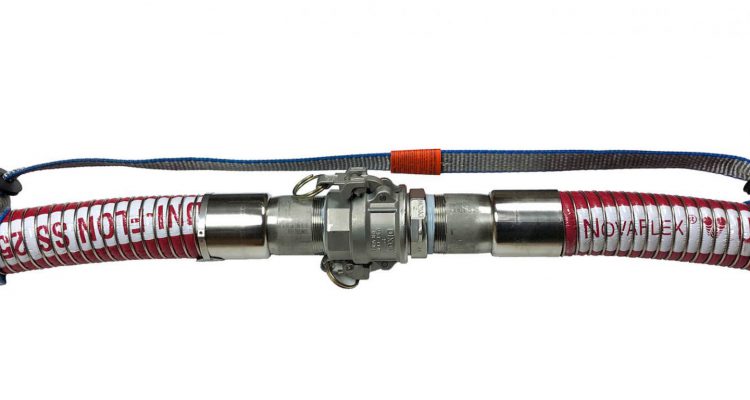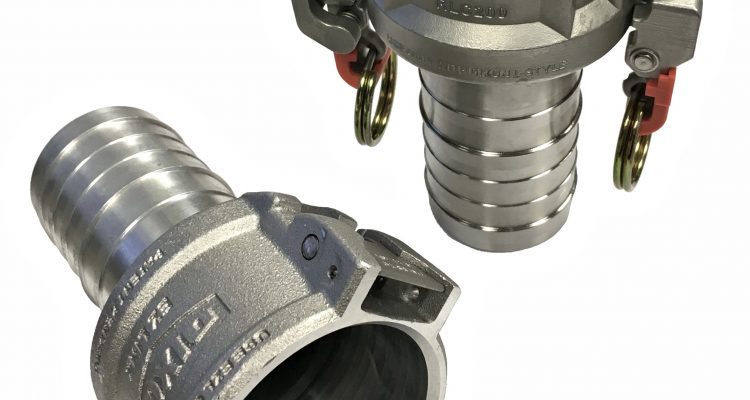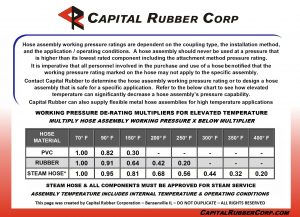Hose Safety Whip Restraints
Hose safety whip restraint products drastically reduce the risk of damage and serious injury should a hose become disconnected under pressure. A correctly installed safety device will hold the hose in-check until pressure can be relieved and can also contain hazardous spills. An unchecked pressurized hose can be deadly, even at moderate pressure. There are… Read more »




